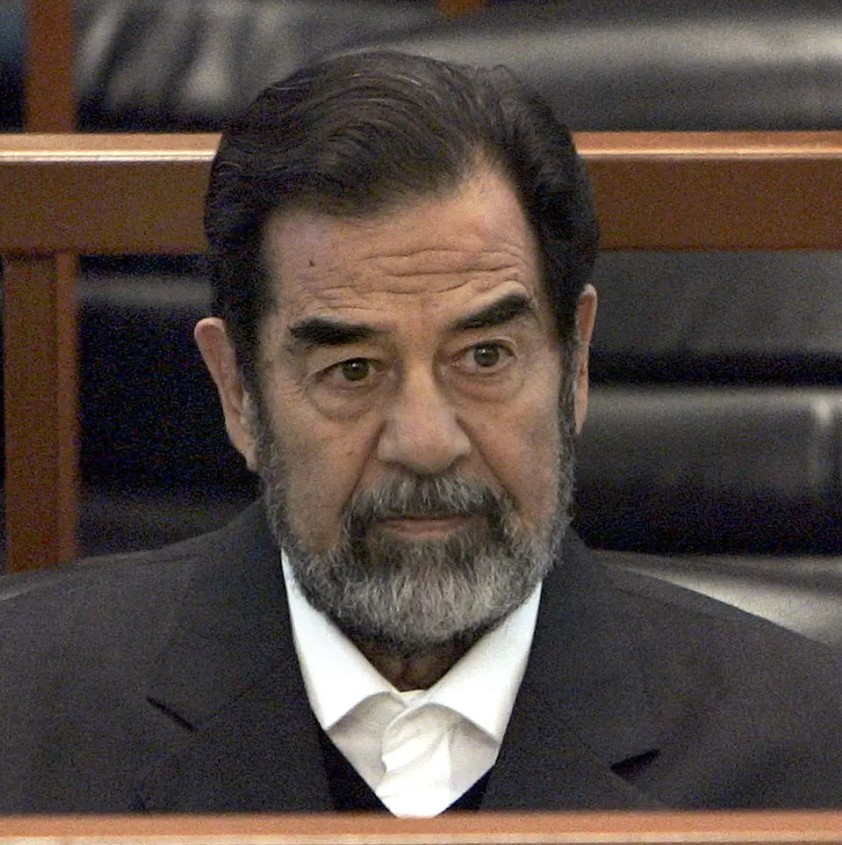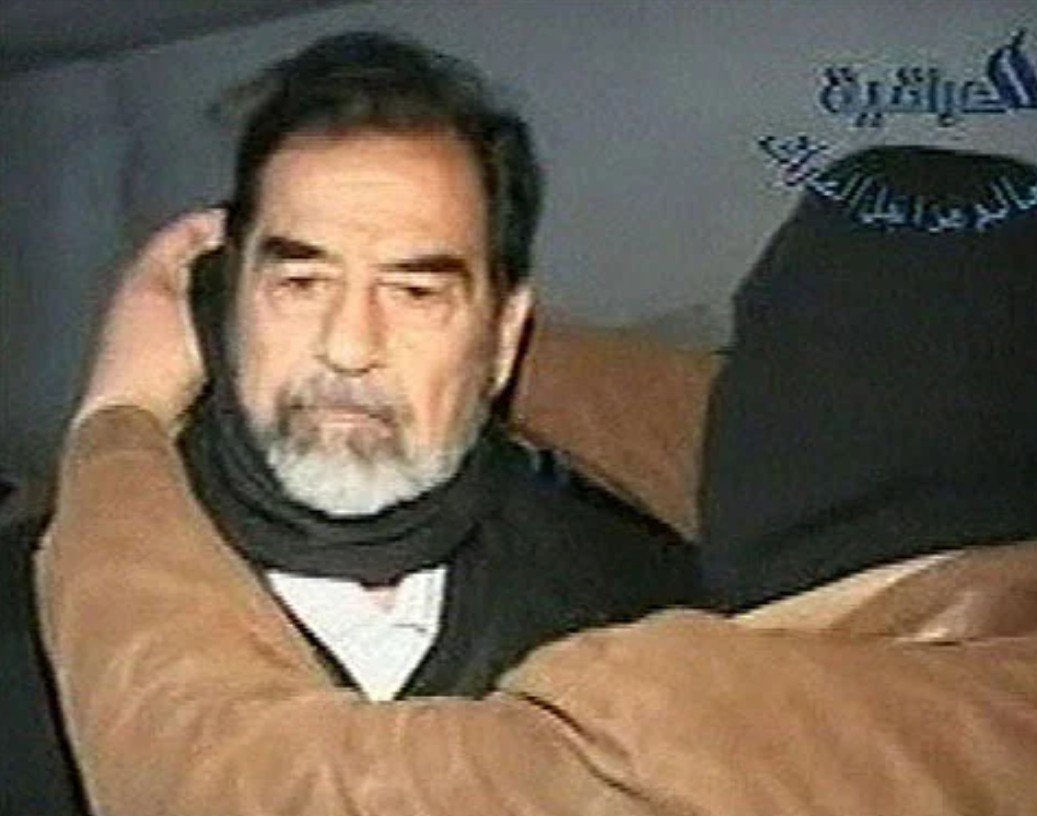
The execution of Saddam Hussein on December 30, 2006, marked the dramatic end of one of the most controversial leaders of the late 20th century. Once the undisputed ruler of Iraq, Saddam was captured following the U.S.-led invasion in 2003, tried for crimes against humanity, and sentenced to death. Yet, what was meant to be a solemn act of justice quickly turned into a global controversy. A secretly recorded mobile phone video of the hanging leaked online, sparking shock, anger, and debate across the world.

The Saddam Hussein execution video is more than just a piece of leaked footage it is a window into the chaos of post-invasion Iraq, the complexity of justice in times of war, and the power of digital technology to shape public memory.
The Leaked Execution Video
What transformed the event into a global media storm was not the execution itself but the leaked video. Someone present at the execution, allegedly a guard or official, secretly recorded the hanging on a mobile phone.
The uncut full video of Saddam Hussein’s execution sparks global controversy
saddam-hussein-execution-video.mp4
The grainy footage revealed an atmosphere far removed from solemn justice. As Saddam stood on the gallows, some witnesses could be heard chanting the name of Muqtada al-Sadr, a radical Shiite cleric and political rival. Taunts were directed at Saddam, who responded defiantly until the trapdoor opened beneath him. The video captured not only his final moments but also the chaos, sectarian anger, and lack of discipline among those tasked with carrying out the sentence.
While official footage was later released showing Saddam’s body after death, the leaked version circulated on the internet within hours, unfiltered and raw. Millions around the world watched it on television and online platforms, making it one of the first viral videos of the digital age.
Background on Saddam Hussein
Saddam Hussein was born in 1937 in Al-Awja, a village near Tikrit, Iraq. His rise to power was fueled by ambition and ruthless political maneuvering. He joined the Arab Socialist Ba’ath Party in his youth and quickly climbed its ranks. By 1979, Saddam assumed the presidency of Iraq, consolidating power through repression, propaganda, and an elaborate security apparatus.

During his rule, Saddam led Iraq into two devastating wars: the Iran-Iraq War (1980–1988) and the Gulf War (1990–1991) following Iraq’s invasion of Kuwait. These conflicts left the nation economically strained and socially divided. At the same time, his regime was marked by widespread human rights abuses, including the use of chemical weapons against Kurdish civilians in Halabja and the brutal suppression of Shiite uprisings.
Though Saddam maintained a cult of personality, portraying himself as a strong Arab leader standing up to the West, his government became synonymous with authoritarianism and brutality.
Fall of Saddam Hussein
In March 2003, the United States and its allies invaded Iraq, citing weapons of mass destruction and Saddam’s alleged ties to terrorism as justifications. Although such weapons were never found, the invasion toppled Saddam’s regime within weeks.
Saddam went into hiding but was captured on December 13, 2003, near his hometown of Tikrit. The moment was symbolically powerful: the once-feared dictator was found disheveled, hiding in a small underground bunker known as the “spider hole.”
His trial began in October 2005 before the Iraqi Special Tribunal, established to prosecute crimes committed during his regime. The most significant charge was his role in the 1982 Dujail massacre, in which 148 Shiite men were executed after an assassination attempt on Saddam. The court found him guilty of crimes against humanity and sentenced him to death by hanging in November 2006.
The Execution
Saddam Hussein was executed at Camp Justice, a military base in Baghdad, on the morning of December 30, 2006. The date was symbolic it coincided with the first day of Eid al-Adha, a major Islamic holiday.
Officially, the execution was meant to be carried out with dignity, in accordance with legal procedures. Only a select group of officials, guards, and witnesses were present. Saddam, dressed in a dark overcoat, refused to wear a hood, insisting he faced his death with courage. Reports noted that he remained composed, reciting prayers and shouting slogans of resistance before the noose was tightened around his neck.
International Reactions
The leaked execution video provoked an avalanche of reactions.
United States: The U.S. government, while supporting the trial and execution, distanced itself from the leak. Officials expressed concern that the manner in which the execution was conducted could inflame sectarian tensions in Iraq rather than heal divisions.
Iraq: Reactions were deeply polarized. Many Shiites celebrated Saddam’s death, seeing it as long-awaited justice for decades of oppression. Sunnis, however, mourned or protested, perceiving the execution as a sectarian act of revenge rather than impartial justice.
Middle East: Governments across the region issued mixed responses. Some criticized the timing of the execution during a holy day, while others condemned the lack of professionalism revealed by the leaked footage.
Human Rights Organizations: Amnesty International and Human Rights Watch criticized not only the death penalty itself but also the degrading circumstances surrounding the execution. The leaked video, they argued, undermined the credibility of the Iraqi justice system.
Global Media: News outlets across the world analyzed the video, questioning whether the trial and execution had delivered true justice or merely deepened Iraq’s divisions.
Ethical and Political Debate
The Saddam Hussein execution video sparked intense debate that continues to this day.
Justice or Revenge? Some argued that Saddam’s trial and execution represented justice for countless victims of his regime. Others saw the spectacle as revenge carried out in a sectarian context, diminishing the legitimacy of the proceedings.
Capital Punishment Debate: The video reignited global discussions about the morality of the death penalty. To many, the undignified circumstances highlighted the dangers of state-sanctioned execution.
Impact on Iraq: Rather than uniting the nation, the execution deepened the Sunni-Shiite divide. The chants and jeering captured in the video became a symbol of Iraq’s fractured identity.
Technology and Perception: The leak underscored the new power of mobile phones and the internet. In an age where information spreads instantly, the video shaped global perceptions of justice in Iraq more than official statements ever could.
Legacy of the Video
Nearly two decades later, the Saddam Hussein execution video remains etched into global memory. For Iraqis, it is a reminder of both the end of a brutal dictatorship and the turbulence that followed. For the world, it is an example of how digital leaks can alter the narrative of historic events.
The footage also influenced how governments and institutions handle sensitive political moments. Future trials and executions, aware of the chaos surrounding Saddam’s death, have been more tightly controlled to avoid similar scandals.
On the internet, the video became part of a broader trend in which shocking or politically significant footage spreads rapidly across platforms, often bypassing traditional media filters. This phenomenon raises ongoing questions about ethics, dignity, and the consumption of violent or sensitive content online.
The execution of Saddam Hussein was intended to symbolize justice, closure, and the triumph of law over tyranny. Instead, the leaked mobile phone video transformed it into one of the most infamous and controversial moments of the 21st century. What the world saw was not a dignified act of justice but a chaotic, emotionally charged scene that exposed Iraq’s deep divisions and the volatile aftermath of the U.S.-led invasion.
Ultimately, the Saddam Hussein execution video is not just about the death of a dictator. It is about the intersection of politics, justice, technology, and memory. It remains a cautionary tale of how even in moments meant to demonstrate order and authority, the unfiltered lens of digital technology can redefine history.
News –
Leave a Reply